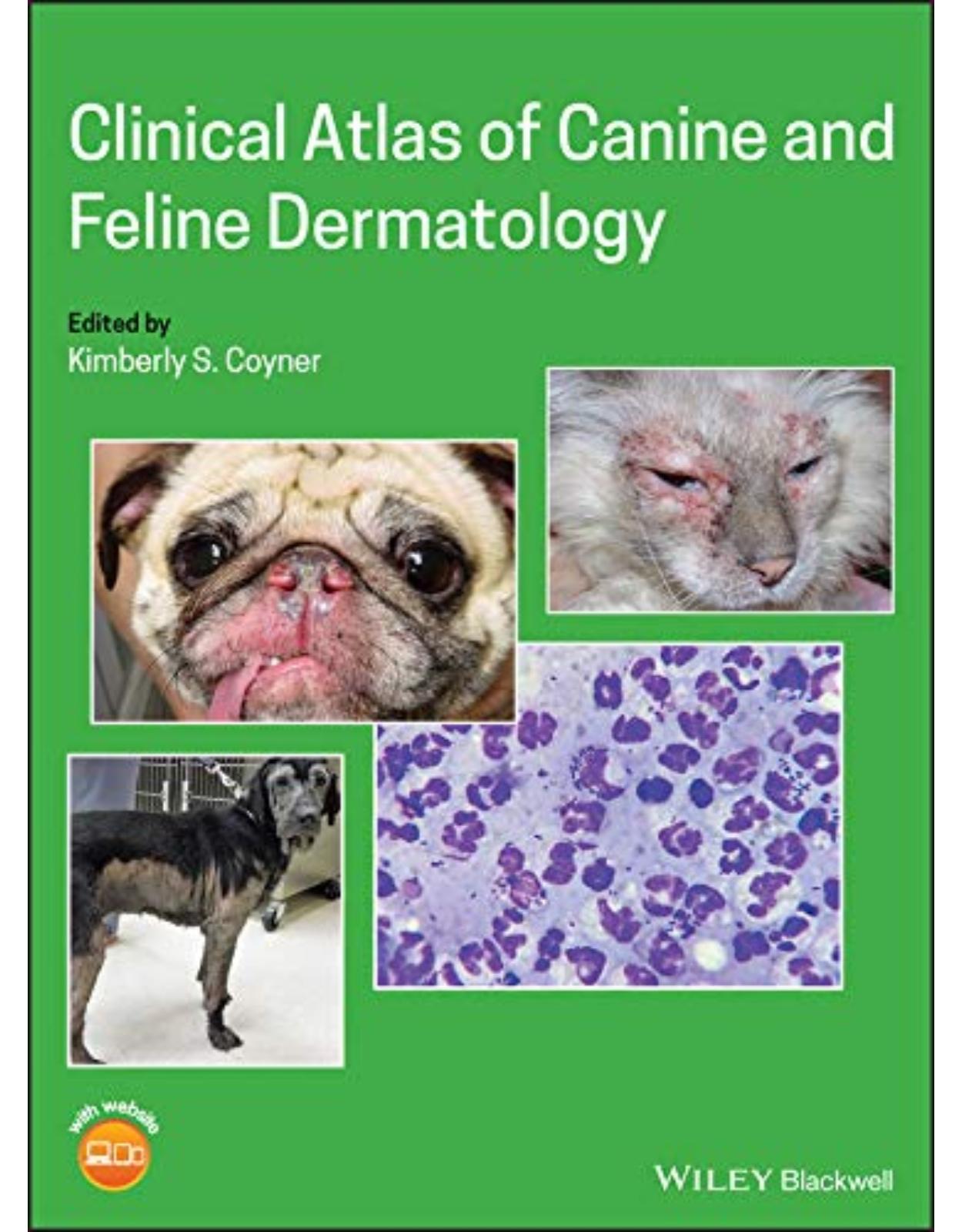
Clinical Atlas of Canine and Feline Dermatology
Livrare gratis la comenzi peste 500 RON. Pentru celelalte comenzi livrarea este 20 RON.
Disponibilitate: La comanda in aproximativ 4 saptamani
Autor: Kimberly S. Coyner
Editura: Wiley
Limba: Engleza
Nr. pagini: 512
Coperta: Hardcover
Dimensiuni: 22.35 x 2.79 x 28.19 cm
An aparitie: 17 Sept. 2019
DESCRIPTION:
Clinical Atlas of Canine and Feline Dermatology presents more than a thousand high-quality color photographs depicting common dermatologic diseases and conditions, making it easy for clinicians to quickly evaluate and accurately identify clinical dermatologic lesions. Easy-to-use charts of dermatologic diseases provide differential diagnoses and treatments, helping practitioners to quickly find the most common differential diagnoses, perform appropriate diagnostics, and treat their patients.
Written by experienced veterinary dermatologists, the book begins with chapters on essential dermatologic diagnostics and identification and interpretation of skin lesions, featuring pictorial illustrations with commentary of the most common causes. Diagnostic algorithms for pruritus and alopecia simplify the workup of these very common presenting symptoms, and easily referenced tables detail the presentation, diagnosis, and management of hundreds of skin diseases. The book also offers a dermatologic formulary including systemic and topical therapies.
· Provides more than 1200 images showing the most encountered dermatologic conditions in dogs and cats
· Includes easy-to-interpret charts of differential diagnoses and treatments
· Offers diagnostic and treatment algorithms for the most common skin diseases in dogs and cats
· Presents details of the presentation, diagnosis, and management of hundreds of skin diseases in tables for quick reference
· Features video clips on a companion website demonstrating dermatologic diagnostic techniques, including skin scrapings and cytology, aspiration of skin masses for cytology, and biopsy
Offering fast access to practical information for diagnosing and treating dermatologic disease in small animal practice, Clinical Atlas of Canine and Feline Dermatology is an essential book for any small animal practitioner or veterinary student.
TABLE OF CONTENTS:
List of contributors xv
Preface xvii
Acknowledgments xix
About the companion website xxi
1 Dermatology diagnostics 1
1.1 Skin scrapings 1
1.2 Cytology – Skin and ear 4
1.3 Cytology – Mass aspirates 6
1.4 Trichograms 8
1.5 Dermatophyte culture technique 15
1.6 Wood’s lamp examination 15
1.7 Dermatophyte culture medium selection and incubation 16
1.8 Identification of dermatophytes 16
1.9 Dermatophyte PCR 18
1.10 Bacterial culture 19
1.11 Skin biopsies 19
1.12 Allergy testing 22
2 Dermatology lesions and differential diagnoses 23
2.1 Primary lesions 23
2.1.1 Macule/Patch 23
2.1.2 Papule/pustule 23
2.1.3 Plaque 26
2.1.4 Vesicle/bulla 27
2.1.5 Wheal 28
2.1.6 Nodule 29
2.1.7 Cyst 30
2.2 Primary or secondary lesions 31
2.2.1 Alopecia 31
2.2.2 Scale 34
2.2.3 Crust 35
2.2.4 Follicular cast 36
2.2.5 Comedo (Comedones) 36
2.2.6 Pigment change 37
2.3 Secondary lesions 40
2.3.1 Epidermal collarette 40
2.3.2 Scar 40
2.3.3 Excoriation 41
2.3.4 Erosion 42
2.3.5 Ulcer 42
2.3.6 Lichenification 43
2.3.7 Callus 44
2.3.8 Fissure 44
3 Lesion location and differentials 47
3.1 Face 47
3.1.1 Nasal planum 47
3.1.2 Lips/Eyelids 47
3.1.3 Muzzle 49
3.2 Ears 56
3.2.1 Pinnal margin 56
3.2.2 Pinna 57
3.2.3 Outer ear canal 57
3.3 Paws 60
3.3.1 Interdigital 60
3.3.2 Palmar metacarpal/plantar metatarsal 63
3.3.3 Paw pad 63
3.3.4 Nailbed 65
3.4 Claws 66
3.5 Perianal/perivulvar 67
3.6 Tail 68
3.7 Pressure points (elbows/hocks) 69
3.8 Trunk (dorsal and/or lateral) 70
3.9 Inguinal/axillary 78
3.10 Oral cavity 81
4 Causes and workup for pruritus in dogs and cats 85
Algorithm 4.1 Pruritic dog – Causes/Workup 86
Algorithm 4.2 Pruritic cats – Causes/Workup 87
5 Causes and workup for alopecia in dogs and cats 89
Algorithm 5.1 Canine non‐inflammatory truncal alopecia – Causes/Workup 90
Algorithm 5.2 Canine multifocal alopecia – Causes/Workup 91
Algorithm 5.3 Feline alopecia – Causes/Workup 92
6 Breed‐related dermatoses 93
Table 6.1 Canine breed‐related dermatoses 93
Table 6.2 Feline breed‐related dermatoses 107
7 Parasitic skin diseases 111
Table 7.1 Canine and feline ectoparasites 112
Demodex 112
Sarcoptes 113
Notoedres 114
Otodectes 114
Cat fur mite 114
Cheyletiella 114
Lice 115
Chiggers 115
Hookworm Dermatitis 115
Cuterebra 115
Myiasis 115
Fly bite dermatitis 116
Pelodera dermatitis 116
Dracunculiasis 116
Spider bite 116
Fleas 117
Ticks 117
Table 7.2 Flea control product options 130
Table 7.3 Tick control product options 130
8 Bacterial, fungal, oomycete, and algal infections 133
Table 8.1 Superficial bacterial skin infections 133
Impetigo 133
Pyotraumatic dermatitis 133
Intertrigo 133
Mucocutaneous pyoderma 133
Bacterial overgrowth syndrome 134
Bacterial folliculitis 134
Algorithm 8.1 Approach to chronic recurrent bacterial pyoderma 143
Table 8.2 Deep bacterial skin infections 144
Bacterial furunculosis 144
Canine acne 144
Callus furunculosis 144
Acral lick dermatitis 144
Pedal folliculitis/furunculosis 145
Post‐grooming furunculosis 145
Table 8.3 Meticillin resistance 150
Table 8.4 Underlying causes for recurrent pyoderma 152
Table 8.5 Commonly used antibiotics for canine pyoderma 152
Table 8.6 Topical antibacterial products 153
Table 8.7 Subcutaneous bacterial infections 154
Subcutaneous abscess 154
Botryomycosis 155
Cellulitis 155
Necrotizing fasciitis 155
Actinomycosis 155
Nocardiosis 156
Plague 156
L‐form infection 156
Table 8.8 Mycobacterial infections 159
Non‐tuberculous mycobacteria 159
Feline leprosy 160
Canine leproid granuloma 160
Obligate mycobacterial infections/tuberculosis 161
Table 8.9 Yeast infections 164
Malassezia 164
Candida 165
Table 8.10 Dermatophytosis 170
Table 8.11 Environmental decontamination in dermatophytosis 180
Algorithm 8.2 Treatment of generalized dermatophytosis 181
Table 8.12 Deep fungal, oomycete, and algal infections 182
Blastomycosis 182
Cryptococcosis 182
Histoplasmosis 183
Coccidioidomycosis 184
Sporotrichosis 184
Phaeohyphomycosis 185
Pythiosis 185
Lagenidiosis 186
Zygomycosis 187
Protothecosis 187
9 Viral, rickettsial, and protozoal dermatologic diseases 199
Table 9.1 Viral dermatologic diseases 200
Feline herpesvirus dermatitis 200
Feline calicivirus dermatitis 201
Viral papillomas – Dogs/Cats 201
Cowpox virus 203
Feline infectious peritonitis (FIP) 203
Canine distemper 203
Table 9.2 Rickettsial diseases 208
Rocky Mountain Spotted Fever 208
Ehrlichiosis 208
Table 9.3 Protozoal diseases 210
Leishmaniosis 210
Toxoplasmosis 211
10 Allergic skin diseases in dogs and cats 215
Table 10.1 Hypersensitivity disorders and treatment of allergic skin diseases 216
Algorithm 10.1 Canine atopic dermatitis treatment 231
Table 10.2 Allergy treatment toolkit 232
Table 10.3 Allergy testing: Intradermal and serologic methods 235
Table 10.4 Considerations in allergen formulation 236
Table 10.5 Protocols for allergen specific immunotherapy (ASIT) 237
Table 10.6 Performing an adequate diagnostic hypoallergenic diet trial 239
Table 10.7 Feline manifestations of cutaneous allergy 244
Table 10.8 Eosinophilic granuloma complex 248
11 Autoimmune and immune‐mediated dermatologic disorders 255
Table 11.1 Autoimmune and immune‐mediated dermatologic disorders 256
Discoid lupus erythematosus 256
Pemphigus foliaceus 256
Pemphigus vulgaris 256
Vesicular cutaneous lupus erythematosus 257
Mucocutaneous lupus erythematosus 257
Alopecia areata 257
Uveodermatologic syndrome 257
Autoimmune subepidermal blistering diseases 258
Vasculitis 259
Post‐vaccination injection site alopecia 259
Drug eruption 260
Erythema multiforme 260
Toxic epidermal necrolysis 261
Sterile panniculitis 261
Sterile granuloma/pyogranuloma 261
Juvenile cellulitis 262
Plasma cell pododermatitis 262
Pseudopelade 262
Symmetric lupoid onychitis 263
Nasal arteritis 263
Metacarpal/metatarsal fistulas 264
Canine sterile neutrophilic dermatitis (Sweet’s‐like syndrome) 264
Canine acute eosinophilic dermatitis with edema (Well’s‐like syndrome) 264
Superficial suppurative necrolytic dermatitis 265
Systemic lupus erythematosus 265
Algorithm 11.1 Treatment of canine pemphigus foliaceus 269
Algorithm 11.2 Treatment of feline pemphigus foliaceus 270
Table 11.2 Typical glucocorticoid doses for treatment of autoimmune and immune‐mediated disorders 286
Table 11.3 Non‐steroidal immunosuppressant or immunomodulatory drugs as adjunctive or primary treatments of autoimmune/immune‐mediated diseases 287
12 Endocrine skin diseases 291
Table 12.1 Canine endocrine skin diseases 292
Hypothyroidism 292
Spontaneous hyperadrenocorticism (HAC, Cushing’s disease) 292
Iatrogenic hypercortisolemia 293
Atypical Cushing’s disease (ACD) 293
Food‐induced Cushing’s disease 293
Topical corticosteroid application 293
Pituitary dwarfism 293
Calcinosis cutis 294
Exogenous estrogen‐related alopecia 294
Spontaneous hyperestrogenism 294
Spontaneous hyperandrogenism 295
Tail gland hyperplasia 295
Table 12.2 Trilostane treatment and monitoring 303
Table 12.3 Endocrine skin diseases of cats 304
Hyperthyroidism 304
Hypothyroidism 304
Hyper adrenocorticism (HAC) 304
Feline acquired skin fragility 305
Diabetes mellitus (DM) 305
Acromegaly 305
13 Non‐endocrine alopecia 309
Table 13.1 Non‐endocrine alopecia of dogs 310
Localized Alopecia 310
Post‐clipping alopecia 310
Traction alopecia 310
Congenital follicular/ectodermal dysplasia 310
Regional to Multifocal Alopecia 310
Color dilution alopecia 310
Black hair follicular dysplasia 310
Non‐color, breed‐related follicular dysplasia 310
Cyclic flank alopecia 311
Pattern alopecia 311
Follicular lipidosis 311
Generalized Alopecia 311
Alopecia X 311
Anagen/telogen effluvium 312
Non‐color breed‐related follicular dysplasia 312
Table 13.2 Non‐endocrine alopecia of cats 318
Congenital hypotrichosis 318
Hair shaft disorder of Abyssinian cats 318
Pili torti 318
Feline preauricular “alopecia” 318
Feline pinnal alopecia 318
Feline psychogenic alopecia 318
Mural folliculitis 319
Mucinotic mural folliculitis 319
Pseudopelade 319
Trichorrhexis nodosa 319
Feline paraneoplastic alopecia 319
14 Diagnosis and treatment of acute and chronic otitis 323
14.1 Approach to otitis 323
14.2 Otoscopic examination 323
14.3 Choice of otic medications 323
Algorithm 14.1 Diagnostic and treatment steps for acute otitis externa 324
14.4 Indications for systemic steroid/antibiotic therapy in otitis treatment 326
14.5 Choice of otic cleanser/flushes 326
Algorithm 14.2 Diagnostic and treatment steps for chronic otitis 327
14.6 Educate owners on how to correctly use ear flushes 328
14.7 Diagnosis and treatment of otitis media 330
14.8 When to refer for surgery 333
14.9 Ototoxicity 333
Table 14.1 Ototoxic agents 336
15 Metabolic/nutritional/keratinization dermatologic disorders 345
Table 15.1 Keratinization, metabolic, and nutritional disorders 346
Seborrhea (secondary) 346
Vitamin A responsive dermatosis 346
Sebaceous adenitis 346
Schnauzer comedo syndrome 347
Nasodigital hyperkeratosis 348
Callus 348
Xeromycteria 349
Ear margin dermatosis 349
Canine acne 349
Feline acne 350
Zinc responsive dermatosis 350
Necrolytic migratory erythema 351
Exfoliative dermatitis associated with thymoma 351
Xanthomas 352
Split paw pad disease 352
16 Congenital/hereditary dermatologic disorders 363
Table 16.1 Congenital/hereditary dermatologic disorders 364
Primary seborrhea 364
Idiopathic facial dermatitis of Persian and Himalayan cats 364
Ichthyosis 365
Nasal parakeratosis of Labrador Retrievers 365
Dermatomyositis 365
Congenital alopecia 366
Cutaneous asthenia (Ehlers Danlos) 366
Mucinosis 366
Urticaria pigmentosa 367
Ulcerative nasal dermatitis of Bengal cats 367
Dermoid sinus 367
Acrodermatitis 367
Acral mutilation syndrome 368
Congenital keratoconjunctivitis sicca (KCS) and ichthyosiform dermatosis in the Cavalier King Charles Spaniel (CKCS) 368
Exfoliative cutaneous lupus erythematous 368
Epidermolysis bullosa 368
17 Pigmentary dermatologic disorders 375
Table 17.1 Pigmentary dermatologic disorders 376
Lentigo 376
Acquired hormone‐associated 376
Acquired post‐inflammatory hyperpigmentation 376
Vitiligo 377
Nasal hypopigmentation “snow nose” 377
Nasal hypopigmentation “Dudley nose” 377
Acquired aurotrichia 377
“Dalmatian bronzing” syndrome 377
18 Environmental skin disorders 385
Table 18.1 Environmental skin disorders 386
Solar dermatitis 386
Burns 387
Radiant heat dermatitis 389
Frostbite 389
Irritant contact dermatitis (ICD) 389
Grass awns/burs 390
Post traumatic alopecia 390
Hygroma 391
Pressure sore 391
19 Skin tumors 401
Table 19.1 Benign and malignant skin tumors in dogs and cats 402
Squamous cell carcinoma (SCC) 402
Bowenoid in situ carcinoma 402
Basal cell carcinoma 403
Sebaceous gland tumors 403
Follicular tumors 404
Dilated pore of Winer 405
Follicular cyst 405
Cutaneous horn 405
Apocrine gland tumors 406
Feline ceruminous (apocrine) cystomatosis 407
Perianal gland tumors 407
Apocrine gland tumors of anal sac origin 407
Lipoma 408
Infiltrative lipomas 408
Liposarcoma 408
Mast cell tumor 409
Fibroma 409
Dermatofibroma 409
Nodular dermatofibrosis 410
Acrochordon 410
Mammary tumors 410
Hemangioma 411
Hemangiosarcoma 412
Cutaneous progressive angiomatosis 412
Hemangiopericytoma 413
Lymphangioma 413
Lymphangiosarcoma 413
Fibrosarcoma 413
Cutaneous epitheliotropic lymphoma 414
Cutaneous non‐epitheliotropic lymphoma 415
Feline cutaneous lymphocytosis 415
Plasmacytoma 415
Melanocytoma 416
Malignant melanoma 416
Canine cutaneous histiocytoma 417
Canine reactive cutaneous histiocytosis 417
Canine systemic histiocytosis 417
Feline progressive histiocytosis 417
Canine cutaneous langerhans cell histiocytosis 418
Collagenous hamartoma 418
Calcinosis circumscripta 418
Transmissible venereal tumor 419
Feline lung‐digit syndrome 419
20 Dermatology formulary 453
Table 20.1 Systemic antibiotics 454
Table 20.2 Systemic antifungals 458
Table 20.3 Systemic antiviral/antiprotozoal medications 459
Table 20.4 Antihistamines 459
Table 20.5 Systemic glucocorticoids 461
Table 20.6 Non‐steroidal immunomodulating and immunosuppressive drugs 463
Table 20.7 Behavior modifying medications/analgesics 467
Table 20.8 Systemic antiparasitic drugs 468
Table 20.9 Topical antiparasitics 470
Table 20.10 Nutritional supplements/vitamins/retinoids 471
Table 20.11 Non‐glucocorticoid hormones 472
Table 20.12 Topical non‐steroidal antipruritic therapies 474
Table 20.13 Topical glucocorticoids 475
Table 20.14 Topical antimicrobials/otics 475
Table 20.15 Topical antiseborrheics 477
Table 20.16 Topical immunomodulators and retinoids 477
Index 479
| An aparitie | 17 Sept. 2019 |
| Autor | Kimberly S. Coyner |
| Dimensiuni | 22.35 x 2.79 x 28.19 cm |
| Editura | Wiley |
| Format | Hardcover |
| ISBN | 9781119226307 |
| Limba | Engleza |
| Nr pag | 512 |

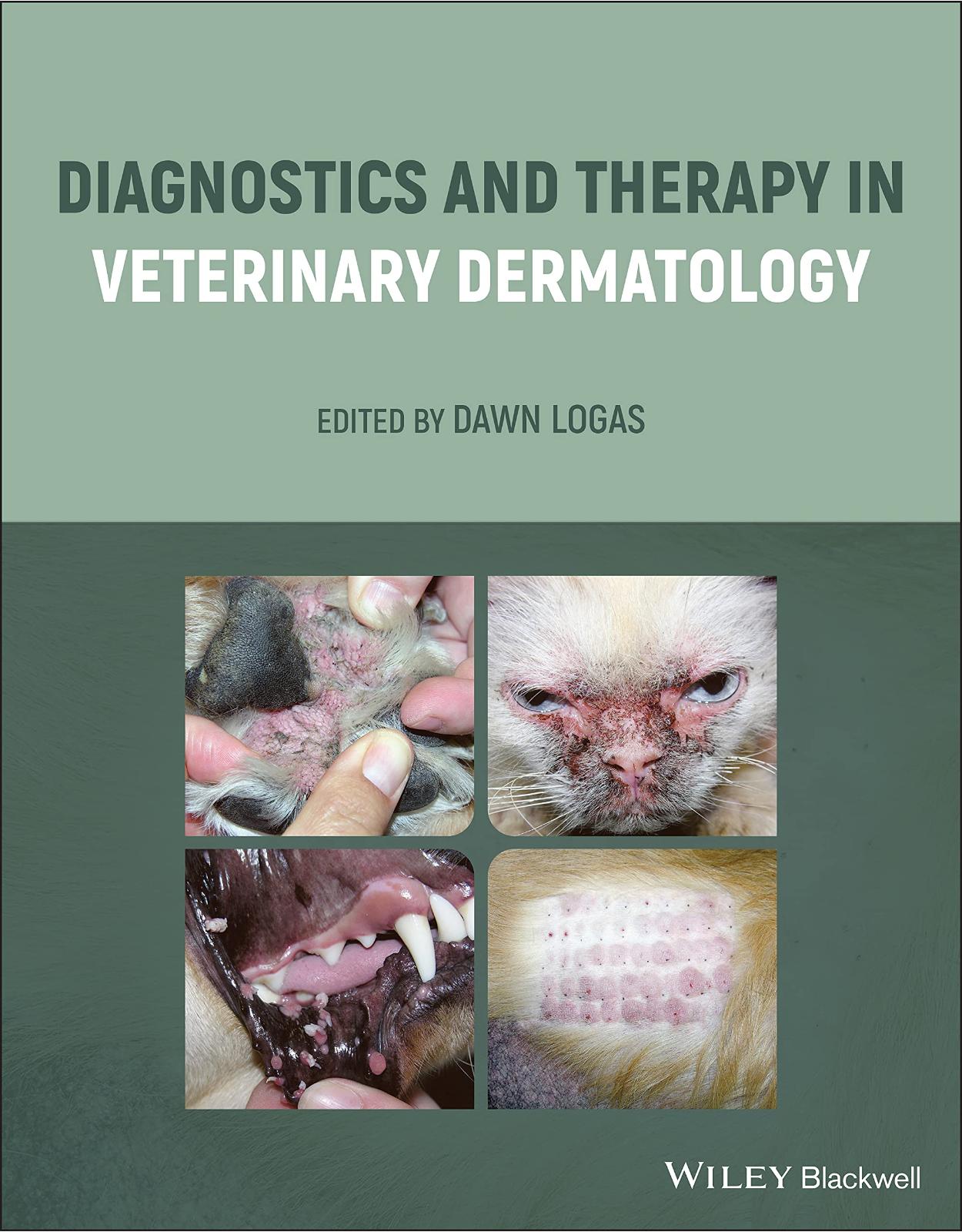

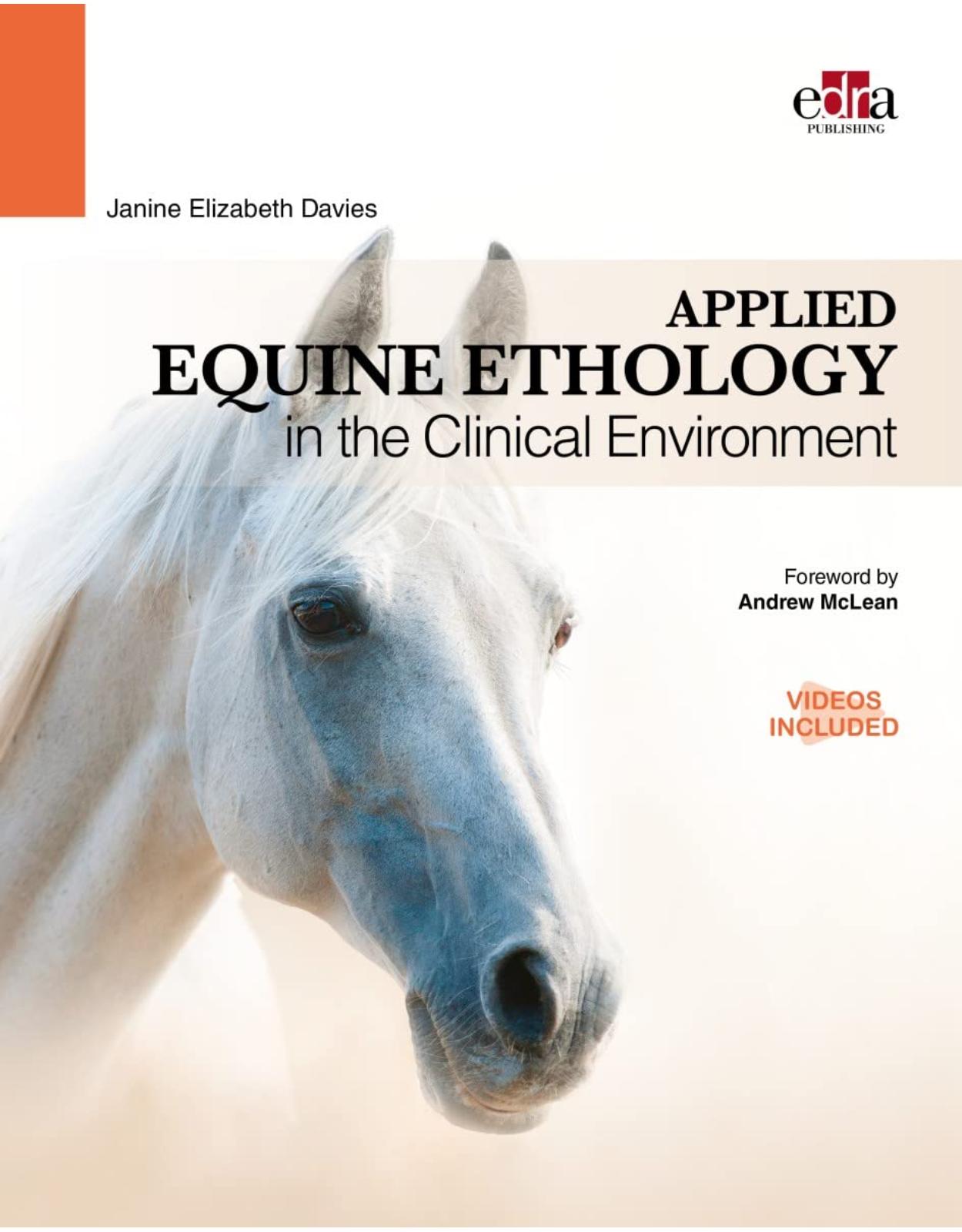
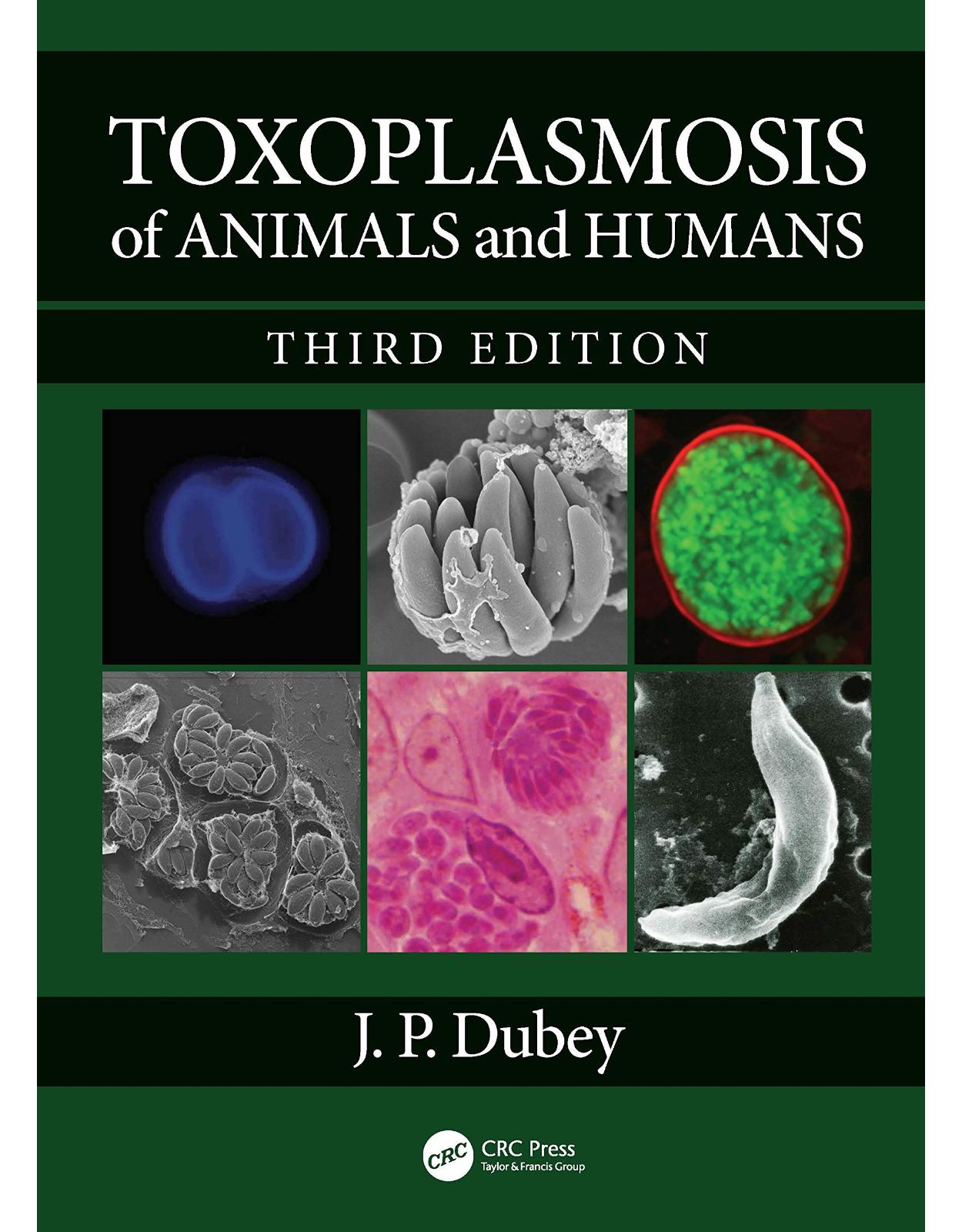
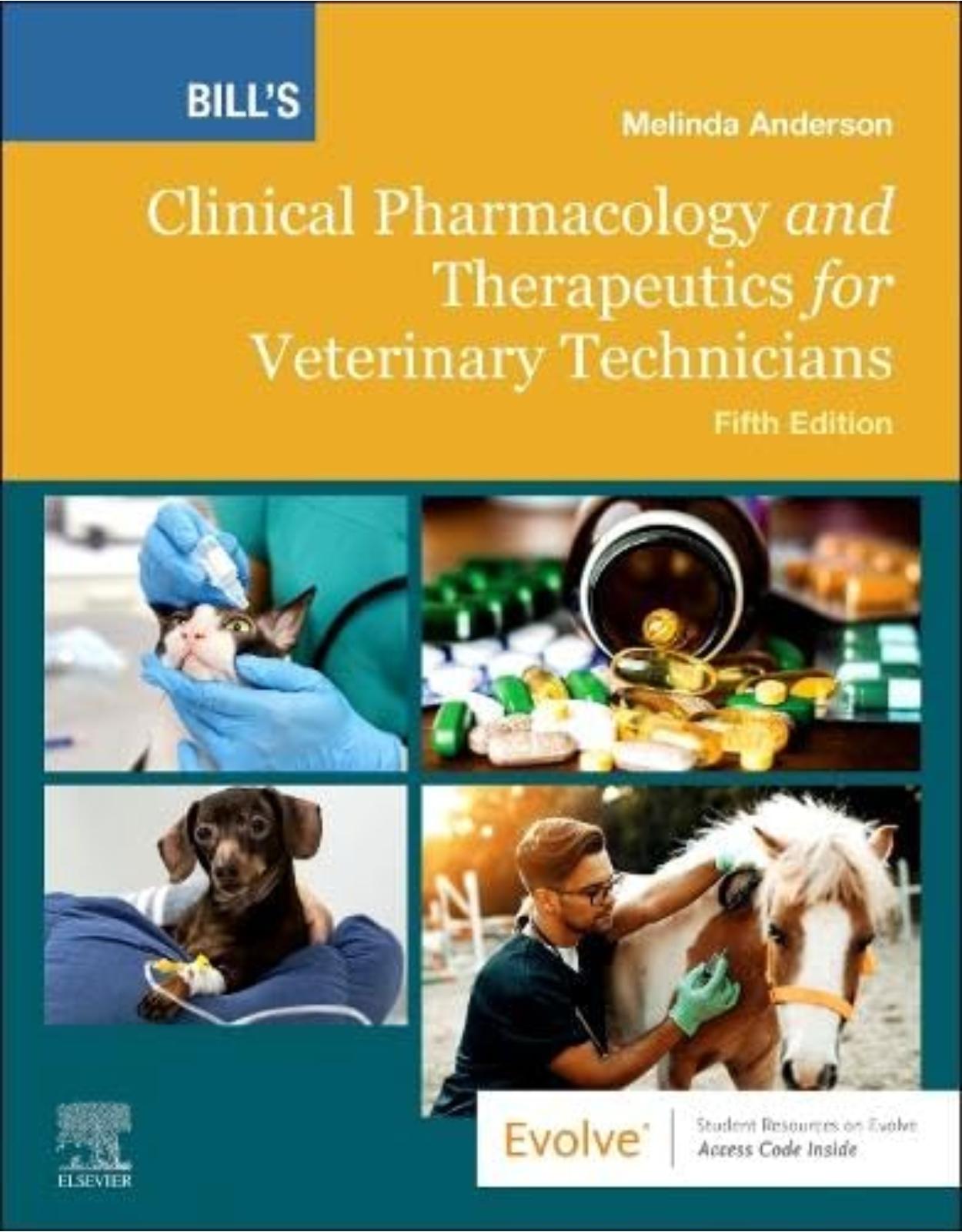
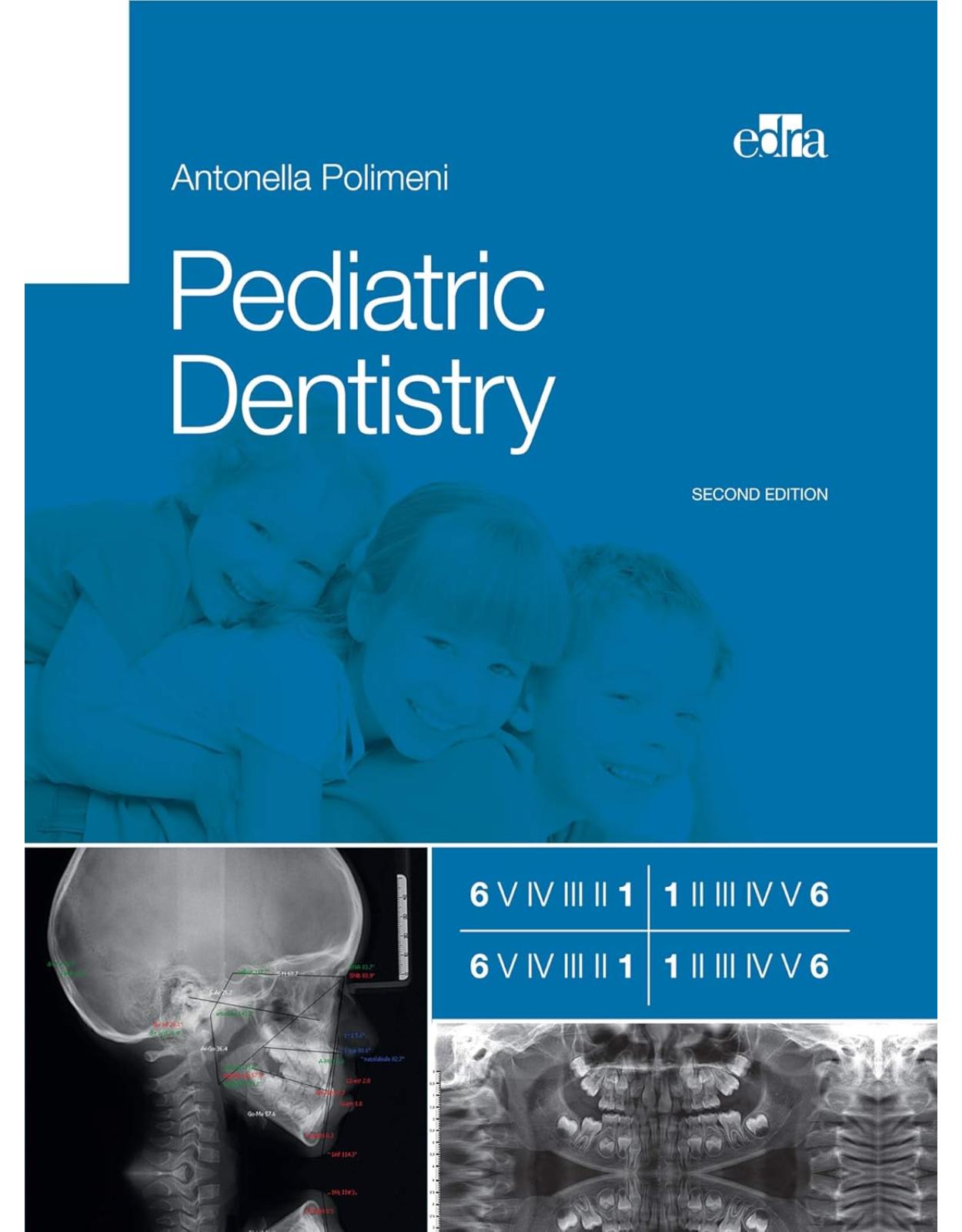
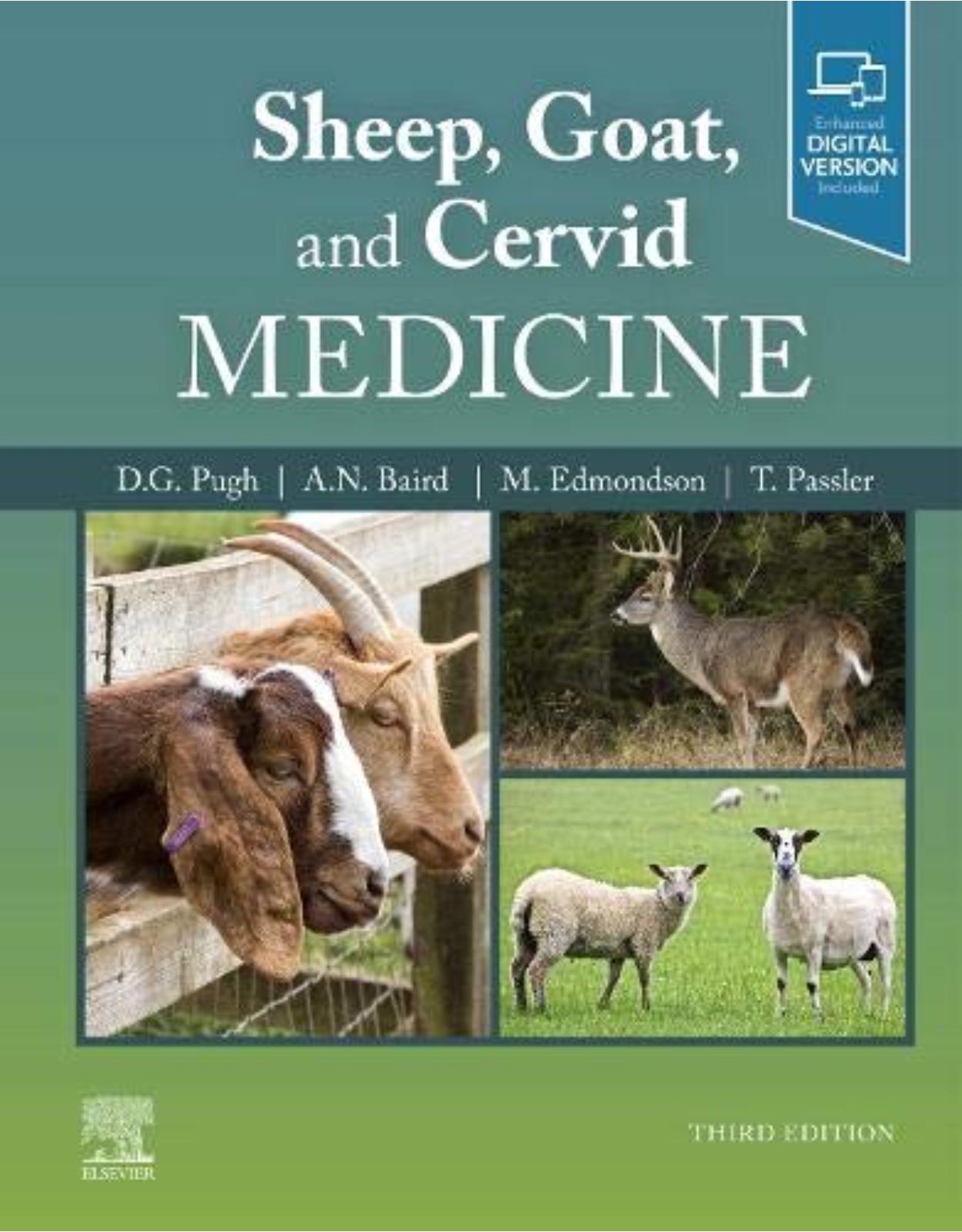

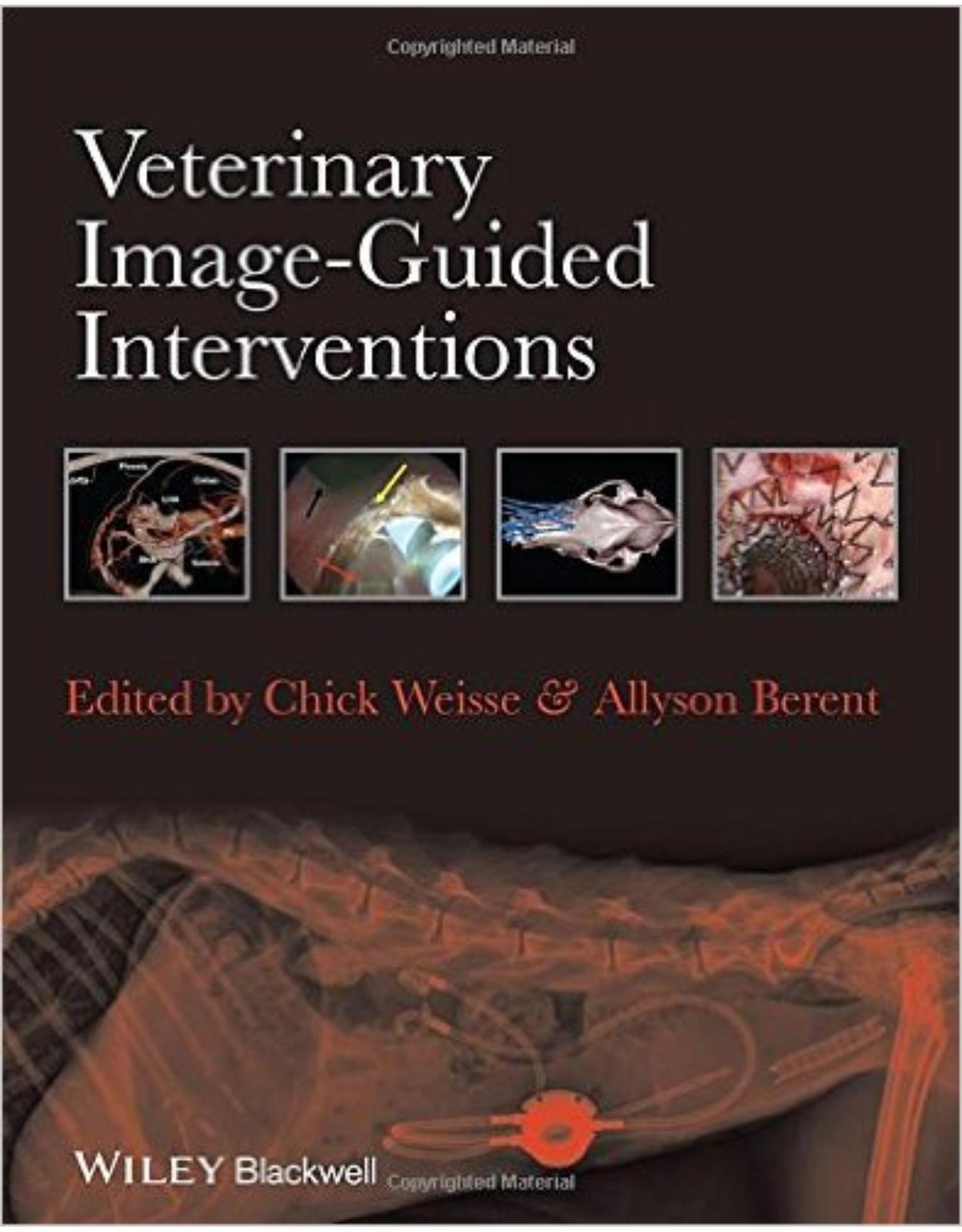
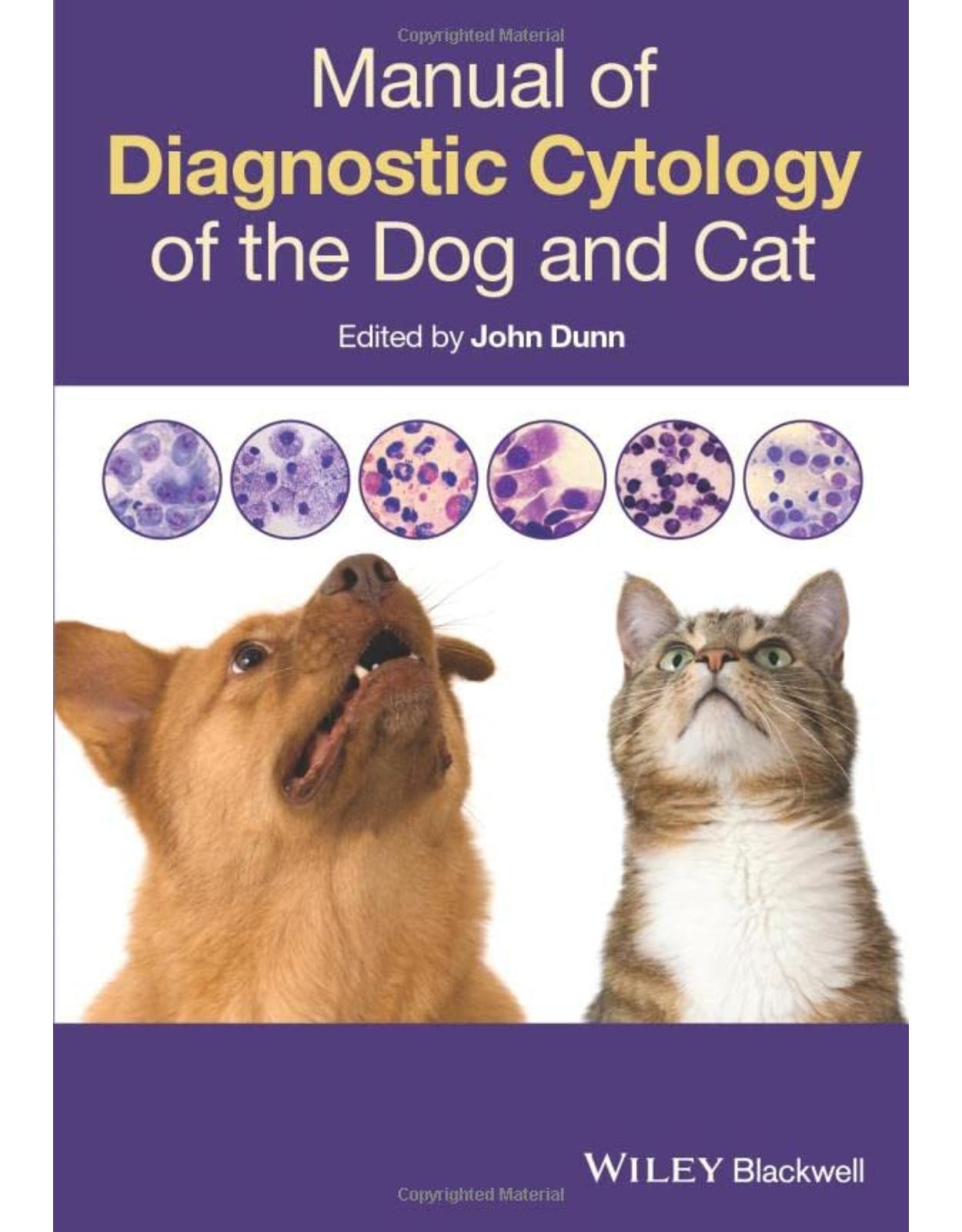
Clientii ebookshop.ro nu au adaugat inca opinii pentru acest produs. Fii primul care adauga o parere, folosind formularul de mai jos.